The PANalytical X'Pert PRO Materials Research Diffractometer is suitable for coplanar as well as non-coplanar (in-plane) diffraction geometries. Easily applicable optics in modular form (PreFIX) allow for high resolution measurements. Fast reciprocal space mapping can be done with a 1D detector. With in-plane diffraction, it becomes possible to measure diffraction from lattice planes that are perpendicular to the sample surface. The sample holder can hold wafers up to 300 mm diameter.
Contact Person: Julian Stangl
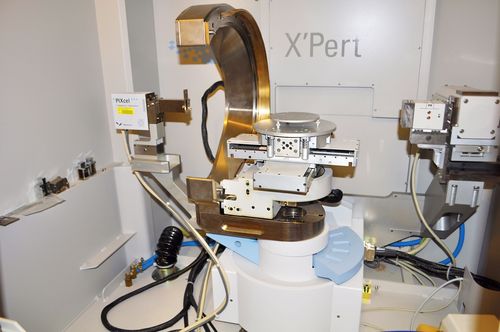 Contact Person: A.Univ.Prof. Dr. Julian Stangl
Contact Person: A.Univ.Prof. Dr. Julian Stangl
Optics & Detectors:
Primary Beam
Secondary Beam
Contact Person: Julian Stangl
A versatile X-ray diffraction instrument with copper rotating anode powered by a 18kW Generator from Bruker AXS (M18XCE) is attached to a custom built 6-circle goniometer from Huber. Several optical elements, which can be combined in various ways allow the setup to be used in medium to high resolution configurations. The whole goniometer is motorized with stepper motors which are controlled by a custom built programmable logic controller rack built by the Forschungszentrum Rossendorf. The measurements are computer controlled by spec, which runs on a Ubuntu Linux PC. The 6-circle Goniometer enables measurements in various diffraction geometries:
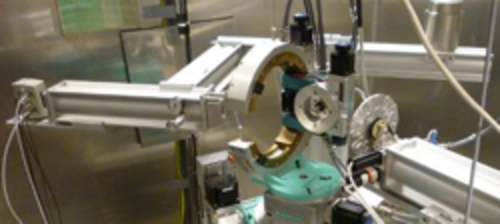
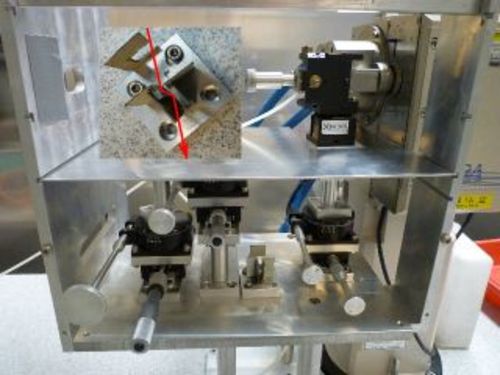
Primary beam:
Secondary Beam:
Both linear detectors have fixed slit systems attached and can also be used as point detectors.
Sample Holders:
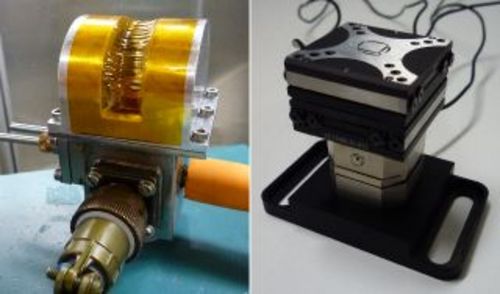
Contact Person: Julian Stangl
The Seifert 3003 X-ray diffractometer allows for high resolution X-ray diffraction in coplanar geometry with several primary and secondary beam optics configurations. This means high resolution fast reciprocal space mapping with a 1D detector as well as high resolution rocking curve measurements and reciprocal space mapping with an analyzer crystal or secondary multilayer mirror.
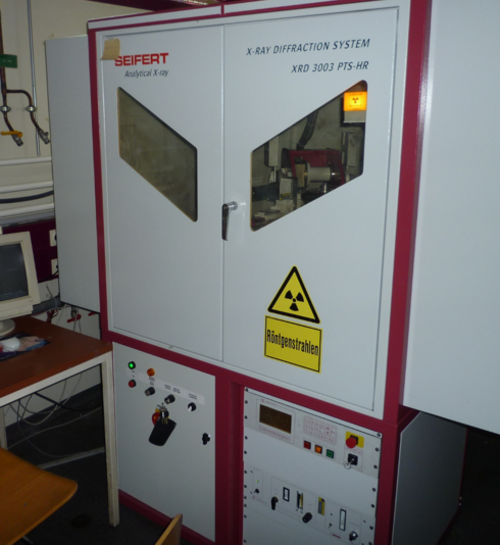
Optics & detectors:
Primary beam
Secondary beam